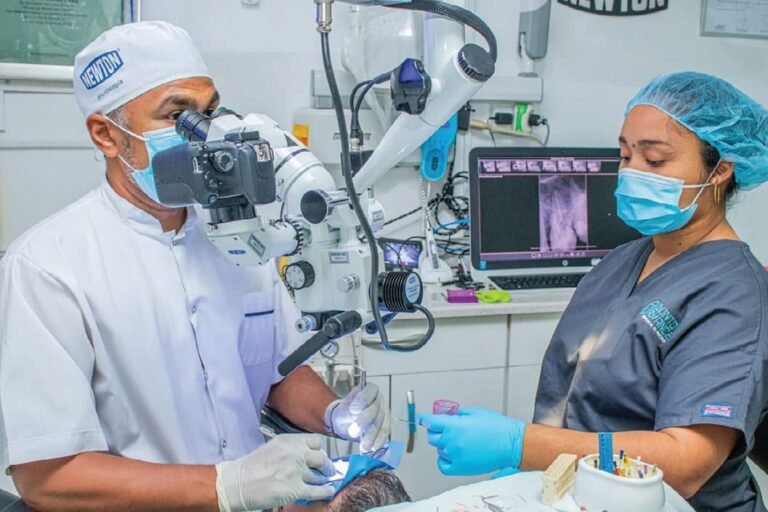How a Spinal Decompression Device Can Help Relieve Chronic Back Pain at Home
Chronic back pain affects millions of people worldwide, often making simple daily activities feel impossible and significantly impacting quality of life. Traditional pain management approaches frequently provide only temporary relief, leaving many individuals searching for more effective solutions. Professional spinal decompression device technology offers a promising alternative that addresses the root causes of spinal compression rather than just masking symptoms. These advanced systems work by gently stretching the spine to create negative pressure within the spinal discs, promoting natural healing processes and reducing pain.
Understanding the Science Behind Spinal Decompression
Spinal decompression therapy works by creating negative pressure within the intervertebral discs through controlled mechanical traction. This process encourages the retraction of herniated or bulging disc material while promoting the flow of healing nutrients into damaged disc tissue. Professional-grade equipment delivers precise, measurable forces that target specific spinal segments with accuracy that manual techniques cannot achieve. The decompression process stimulates natural healing mechanisms by improving blood flow and nutrient delivery to damaged spinal structures. Reduced pressure on nerve roots decreases inflammation and allows compressed tissues to recover their normal function. Clinical research demonstrates that consistent decompression therapy can produce lasting improvements in pain levels and functional capacity for many chronic back pain sufferers.
Conditions That Respond Well to Home Decompression Therapy
Herniated and Bulging Discs
Herniated discs occur when the soft inner material of spinal discs protrudes through cracks in the outer disc wall, often pressing against nearby nerves and causing significant pain. Decompression therapy creates space between vertebrae, allowing protruding disc material to retract naturally while reducing nerve compression. This mechanical approach addresses the underlying structural problem rather than simply managing pain symptoms. Professional treatment protocols often compare various techniques, such as decompression vs. fusion spondylolisthesis, helping patients understand their options for addressing complex spinal conditions through conservative or surgical interventions.
See also: How Blockchain Is Changing the Healthcare Industry
Degenerative Disc Disease
Age-related disc degeneration reduces the height and cushioning capacity of spinal discs, leading to increased pressure on facet joints and nerve structures. Decompression therapy helps restore disc height temporarily while promoting the flow of nutrients that support disc health. Regular treatment sessions can slow the progression of degenerative changes while improving pain and mobility.
Sciatica and Nerve Compression
Compressed spinal nerves often produce radiating pain, numbness, and weakness that extends into the legs and feet. Decompression therapy relieves pressure on affected nerve roots by creating space within the spinal canal and foramina where nerves exit the spine. This approach often provides relief when other conservative treatments have failed to effectively address nerve compression.
Professional Supervision and Treatment Protocols
Home decompression therapy requires professional guidance to ensure safe and effective treatment. Healthcare providers assess individual conditions, establish appropriate treatment parameters, and monitor progress throughout the therapy program. Professional supervision helps prevent complications while maximizing therapeutic benefits through the use of properly designed treatment protocols. Regular follow-up appointments enable providers to adjust treatment settings based on the patient’s response and progress. Understanding the comprehensive effect of spine decompression on the spine helps both patients and providers make informed decisions about incorporating decompression therapy into overall treatment plans.
Conclusion
Professional spinal decompression therapy offers a practical, non-invasive approach to managing chronic back pain through scientifically validated mechanisms that address underlying structural problems. Success requires proper patient selection, professional supervision, and integration with comprehensive care programs that support long-term spinal health. Healthcare providers play a crucial role in ensuring safe and effective treatment that maximizes therapeutic benefits while minimizing potential risks.






